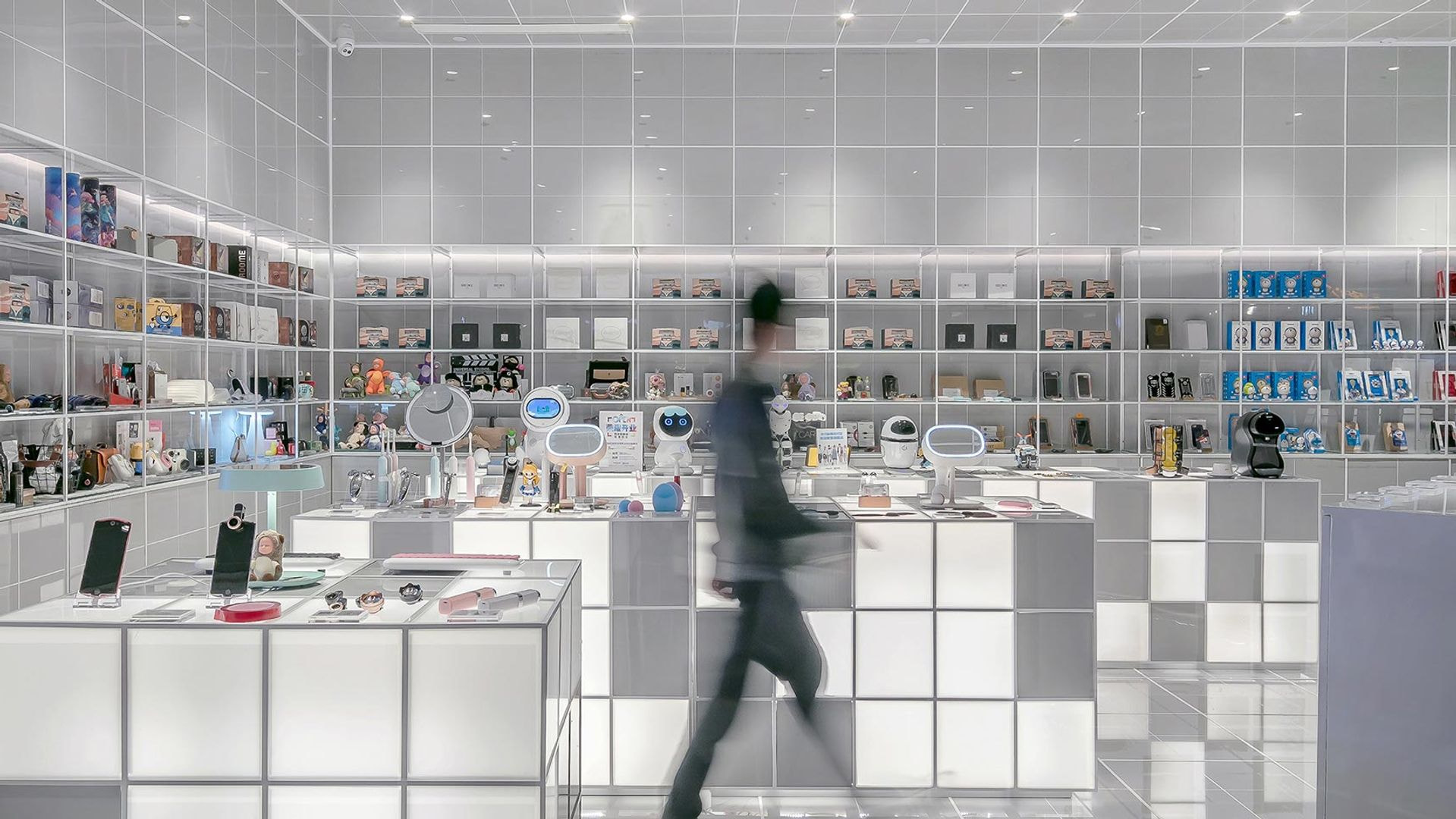Brick-and-Mortar, Going Under
For the past several years, as retail companies closed many of their storefronts, people have been proclaiming that physical retail is dying. It’s hard to argue that it isn’t, considering the numbers are crystal clear. The rise of e-commerce and Amazon are the catalysts of this changing landscape, but does this spell the end of retail?
Absolutely not.
We are simply witnessing a shift – a transition into omnichannel retailing.
Omni what?
As mentioned in our previous article, companies that can’t adapt to change and can’t meet shifting customer demands will find themselves in trouble. The omnichannel retail method is just another byproduct of this inevitable process.
Offering an omnichannel retail experience creates a environment that allows for more customers to interact with your business. We can do the math by looking back at a study on Canadian customer habits:
28% of respondents only browse and buy online
35% exclusively browse and buy in-store
31% prefer to browse online before buying in-store
6% browse in-store before buying online
Canadian businesses exclusively selling online are potentially turning away 72% of all prospective customers, and businesses solely focusing on a physical location are potentially turning away 65% of all prospective clients.
Omnichannel retail focuses on providing customers with not only a physical and online experience, but one that fuses both seamlessly. No customer is left out for having a particular type of shopping habit.
Brick-and mortar, compelled to adapt
Take Wal-Mart, for example. They began closing down physical locations last year, and are focusing more on e-commerce after noticing a shift in customer demands.
They were forced to adapt their strategy to compete with the likes of Amazon, which has enticed customers with efficient services and lower prices.
E-commerce, compelled to adapt
Let’s look at examples showing the other side of the coin – online businesses going into brick-and-mortar:
Everlane
Founded in 2010, Everlane started out selling clothing exclusively online – in 2012, CEO Michael Preysman told the New York Times, “We are going to shut the company down before we go to physical retail.” But in December 2017 they opened up a retail store in New York.
There were major flaws to not having a physical location – customers couldn’t try on products before making a purchase, and the inability to have real-life interactions between staff and customers.
Though many customers preferred to purchase online, they still wanted to return the items in person. Noting such preferences led to the decision to open up a physical store.
Warby Parker
Also founded in 2010, Warby Parker’s whole business concept revolved around sending customers a number of prescription glasses to try on in the comfort of their homes. Shipping and returns were free of charge to ensure customer satisfaction.
But in 2013, to everyone’s surprise, Warby Parker opened up a flagship store in New York. That endeavour has been extremely successful, and they’re continuing to expand their retail presence to provide customers with more options to interact with their brand.
Birchbox
Birchbox is a subscription-based online retailer of beauty products. It was (also) established in 2010, built its first physical store in 2014 (again, in New York City) and is now planning to open up its second store in Paris.
Despite its online success, the majority of shopping for beauty products still happens in stores. So for Birchbox, it makes sense to tap into the kinds of customers that prefers buying beauty products in person.
“Mediocre retail” is dead
So instead of saying “retail is dead” or “retail is dying”, it’s probably more accurate to say it’s evolving – getting leaner and more responsive.
Warby Parker co-founder and co-CEO Dave Gilboa put it perfectly:
“We don’t think retail’s dead. We think mediocre retail is dead.”
The future of retail is providing exceptional omnichannel experiences.
DG1 powered businesses are equipped with the necessary tools to make this transition (e.g. Their very own mobile app). How have you prepared your business for the markets of tomorrow?
Tags: Omnichannel


